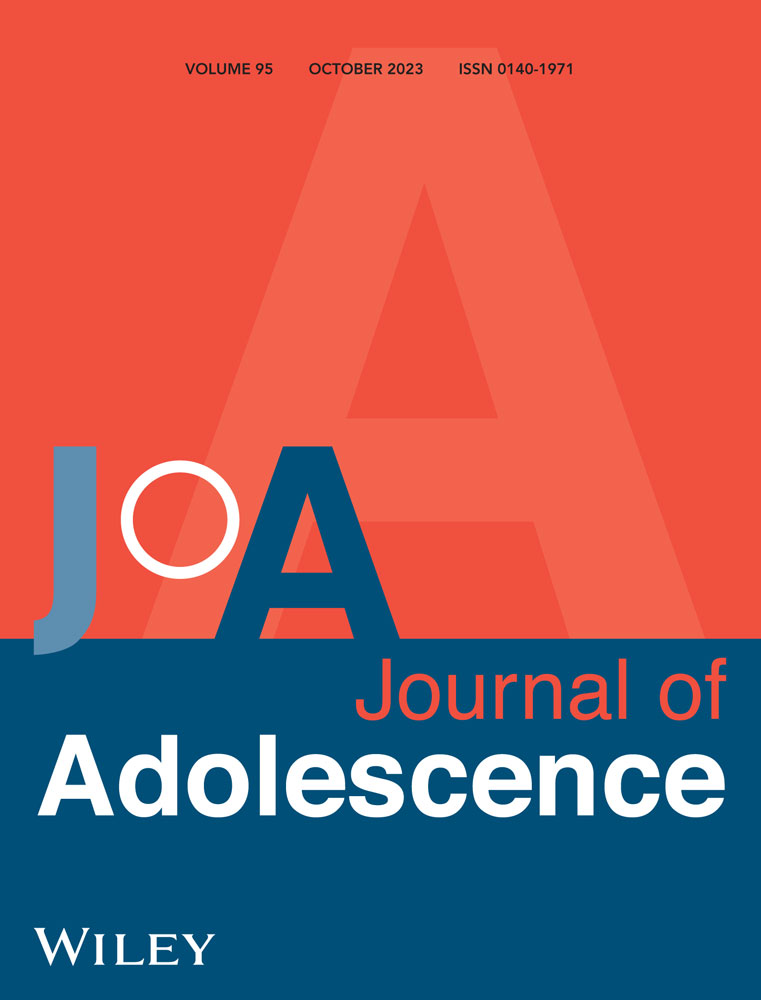Gender equitable attitudes as a significant mediator of bystander intentions among sexual minority adolescents
Abstract
Introduction
Bystander intervention is a promising approach for prevention of sexual violence. Assessing factors that may promote or hinder bystander intervention among sexual minority adolescents (i.e., lesbian, gay, bisexual, queer) is essential, given high rates of violence among sexual minority youth. Prior research examining barriers and facilitators of bystander intervention intentions does not consider how factors may vary by sexual identity. As such, the current study aimed to (1) examine how barriers and facilitators of bystander intentions, bystander intentions, and bystander behavior vary between heterosexual and sexual minority high school adolescents and (2) explore mediators of the association between sexual identity and bystander intervention intentions. We proposed that students’ level of school connectedness, gender equitable attitudes, and anticipated positive consequences of bystander intervention (e.g., having a moral desire to help) would promote bystander intervention intentions, whereas binge drinking, and students anticipated negative consequences of bystander intervention (e.g., fear for one's own safety) would tend to weaken bystander intervention intentions.
Methods
Participants included 2,645 10th grade students (Mage = 15.37, SD = 0.61) recruited from high schools in the Northeast United States.
Results
Sexual minority youth reported higher bystander intentions, bystander behavior, anticipated positive consequences of bystander intervention, gender equitable attitudes, and binge drinking relative to heterosexual youth. Sexual minority youth had lower school connectedness than heterosexual youth. Anticipated negative consequences of bystander intervention did not vary by group. Parallel linear regression analyses found that only anticipated positive consequences of bystander intervention and gender equitable attitudes fully mediated the relationships between sexual identity and bystander intentions.
Conclusions
Bystander intervention programs may benefit from attending to specific facilitators of bystander intervention among sexual minority youth, such as gender equitable attitudes.
CONFLICT OF INTEREST STATEMENT
The authors declare no conflicts of interest.
Open Research
DATA AVAILABILITY STATEMENT
The data that support the findings of this study are available from the corresponding author upon reasonable request.




